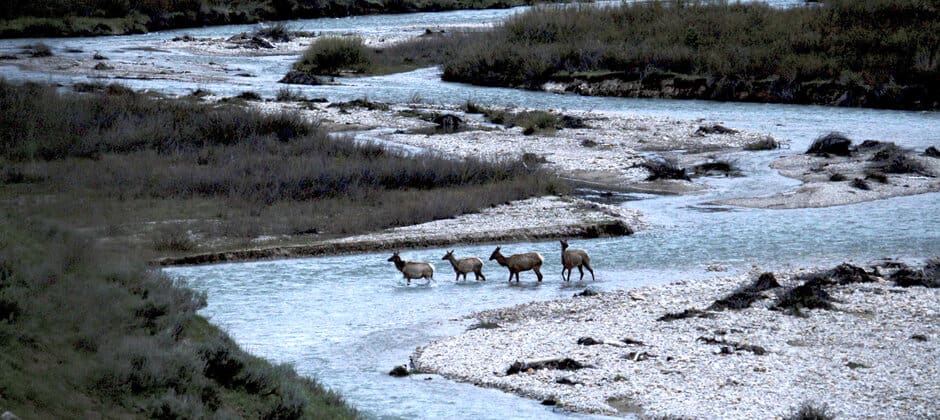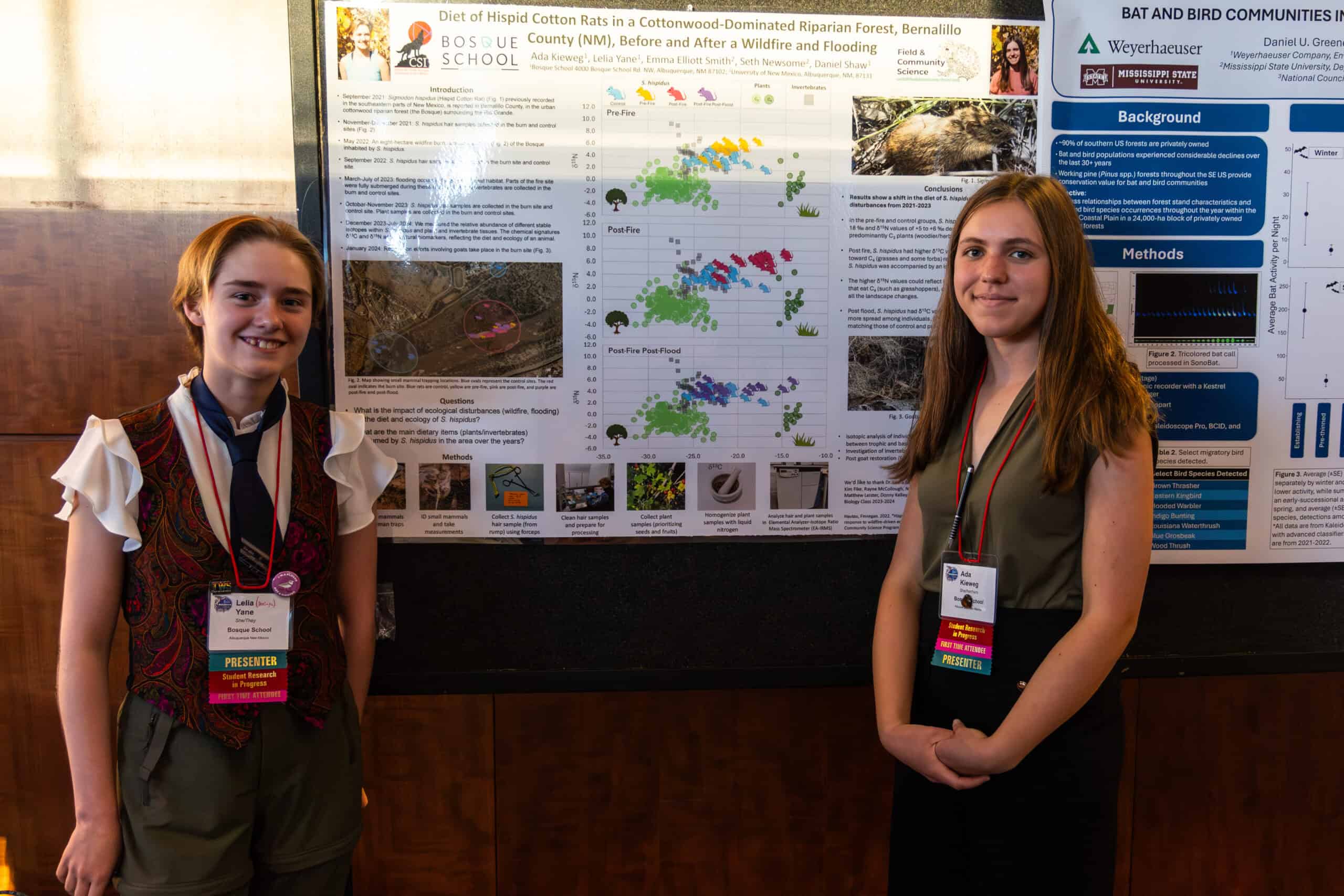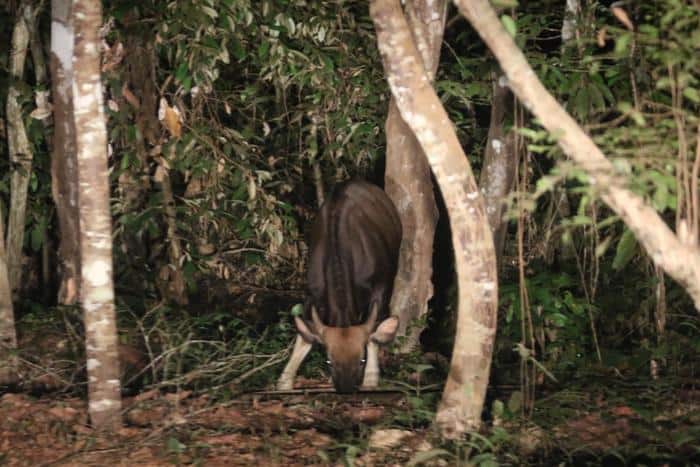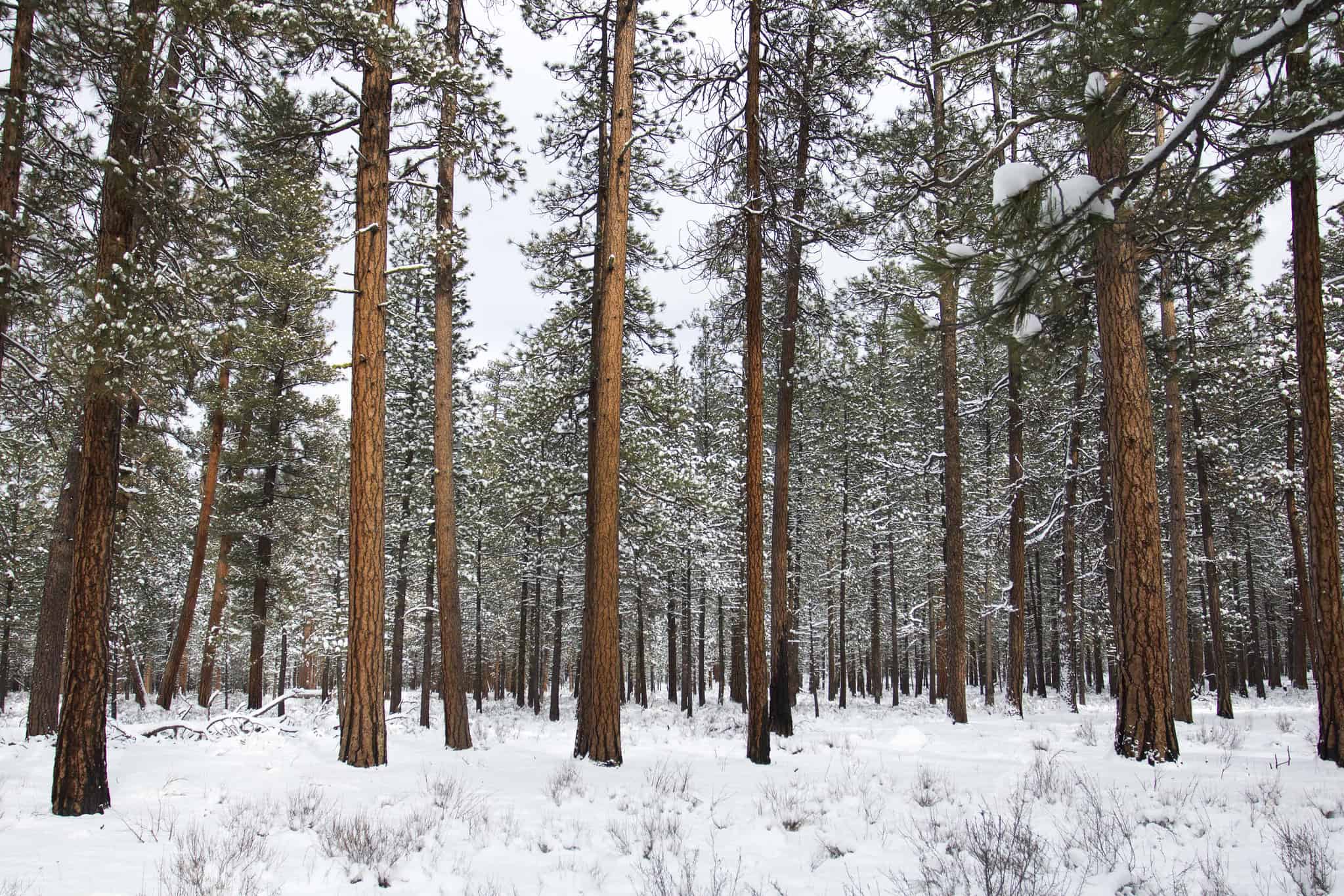Share this article
CWD may complicate brucellosis control in Yellowstone elk
Wildlife managers who feed elk in the Greater Yellowstone Ecosystem to bolster the species’ numbers are facing a looming problem that may scuttle their effort to attract tourists and keep the brucellosis-carrying ungulates away from nearby cattle.
Managers have been giving elk (Cervus canadensis) supplemental food on about 20 feeding grounds in northwest Wyoming for about a century. The feeding was done to increase elk presence in the area and bolster tourism — some feeding grounds even offer sleigh rides for wildlife watching. Cattle ranchers on nearby land generally support the program, since the feeding grounds keep elk away from their cattle, lowering the chance of transmitting brucellosis, a disease that can cause miscarriages.
But chronic wasting disease, which can affect elk and deer, is currently moving northward in Wyoming through mule deer (Odocoileus hemionus) populations. Now, a new study conducted by researchers and stakeholders from the Wyoming Livestock Board finds that while stopping supplemental feeding may cause short-term problems for brucellosis transmission and tourism, it’s likely the best course of action to slow CWD’s spread.
“The hunters and outfitting industries may lose in the short run, but overall society will gain, because we won’t see chronic wasting disease spreading so quickly through the population,” said David Aadland, an associate professor of economics at the University of Wyoming and one of the co-authors of the study published recently in Ecological Applications.
Aadland and his co-authors conducted a study on four feeding grounds near Pinedale, Wyo. They collected GPS data from collars on the elk as well as data on livestock density. Putting this data into models, they predicted what would happen if the managers stopped feeding elk as well as other possible management actions. They looked at the survival of animals, where they might go to get food and how many will survive given the lower quantity of resources.
The authors found that continued supplemental feeding would lead to “substantial welfare losses” once CWD moved into the area. This is partly due to the fact that the elk are densely packed around these feeding grounds. Just like with the ongoing COVID-19 pandemic in humans, social distancing among the elk would help to slow the spread of the prion disease once it reaches the area.
“It’s a density-dependent spread. So when you pack the elk around the hay, it’s going to spread faster through the population,” Aadland said. “The best thing to do was to stop feeding the elk.”
The supplemental feeding program has always been controversial, since it unnaturally bolsters the elk population in the area around Yellowstone National Park, which can be problematic from an ecological standpoint. Aadland said that he’d like to expand the model to look at all feeding grounds, as well as including other factors that impact elk survival like the presence of gray wolves (Canis lupus).
Header Image:
Elk cross Granite Creek in Bridger-Teton National Forest in Wyoming.
Credit: Gregory Nickerson, Wyoming Migration Initiative/University of Wyoming








